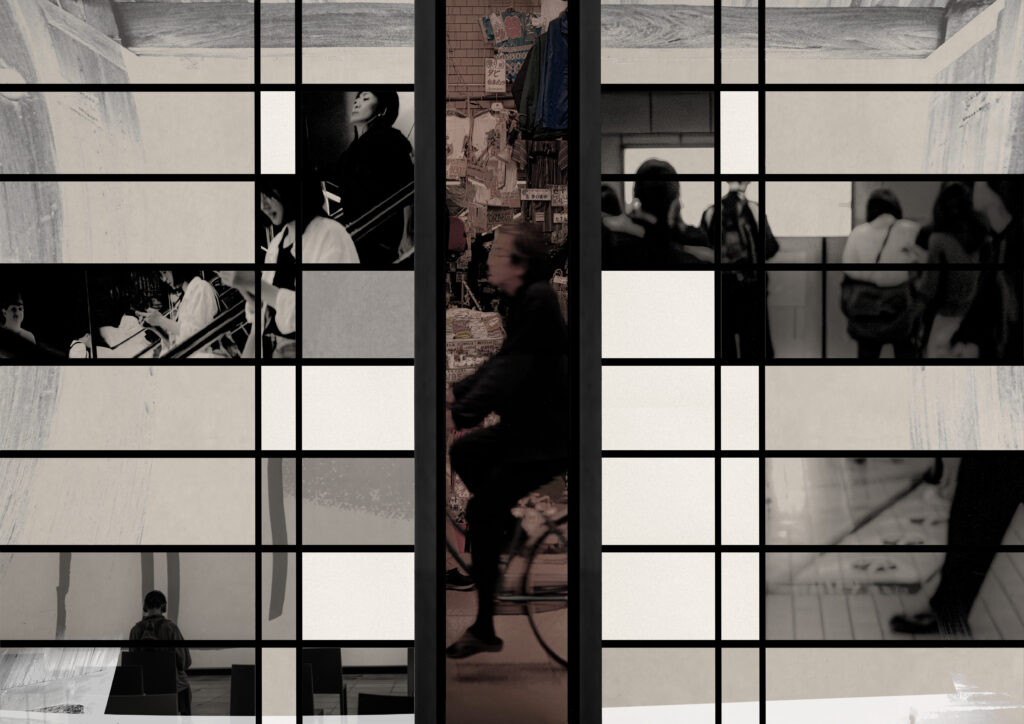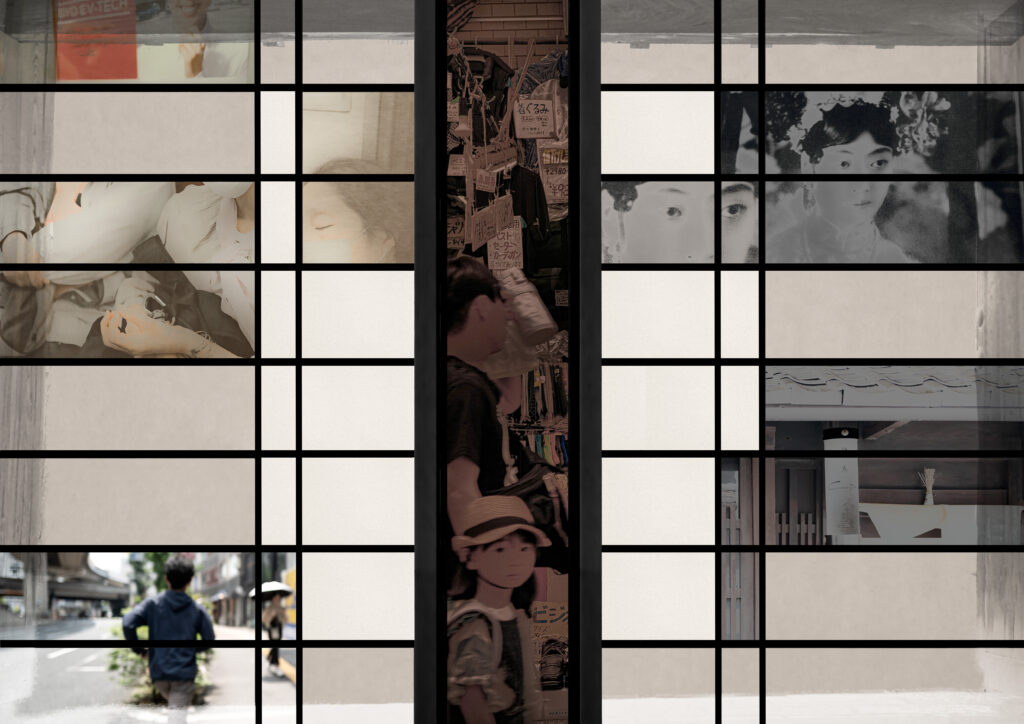Though Japan is often cited as an example of resilience, it is difficult to visit this country without wondering about its duality. On the one hand, a culture that centers its way of life on nature; on the other, high-tech and AI trends that neglect the same nature as matrix of our universe. On the one hand, a second-to-none management of risks related to natural hazards; on the other, Fukushima, which will continue to have consequences for decades to come. On the one hand, a unique philosophy steeped in Buddhism and Shintoism; on the other, one of the highest suicide rates in the world.
In Japan, nature is deeply intertwined with the legacy of impermanence rooted in both Buddhist and Shinto traditions. Environmental issues are not “human-centered” but seen as the presence of the ‘sacred’ in all that nature is. With a steadily declining birth rate and an increasingly critical aging rate, Japan is dying. Confronted with traditions unwilling to reconsider their basic principles, the words “urban resilience” ring hollow.
Both inviting openness to serenity but also delimiting its own living space, the Japanese shoji inspired the photographic composition “The Japanese paradox.” Made of four A3-size prints, with washi paper inclusions, and a reconstructed shoji screen, this series features street scenes from Kyoto and Osaka. In the center, passersby in the Dotombori district of Osaka are printed on untreated silver paper, ever darkening in time.
Print sizes: ab 84 x 60 cm ( 33 x 24 inches), Shooting places: Osaka & Kyoto, Japan



Looks like you were pretty busy in Japan.
Very much like the fusion of the western art grid and the shoji screen.
nice positive and negative spaces
and I like the fade out idea.
I wondered if you have tried to print them a little larger?
bravo, best wishes,
Dear Lewis, thank you for your encouraging comments. First of all, there is one point I should clarify. All the photos published on my website are printed before being published, at the dimensions I indicate below each photo. Unfortunately, online publication is often not very faithful to the “real” photo. This is particularly true for this work, where the reconstruction of the shoji and the washi paper inclusions appear poorly.
As for the question about a larger print size, in theory it is possible, but in practice my printer limits me to an A3 print size. The rectangular structure of this work allowed me to create a work consisting of four A3 photos juxtaposed side by side.